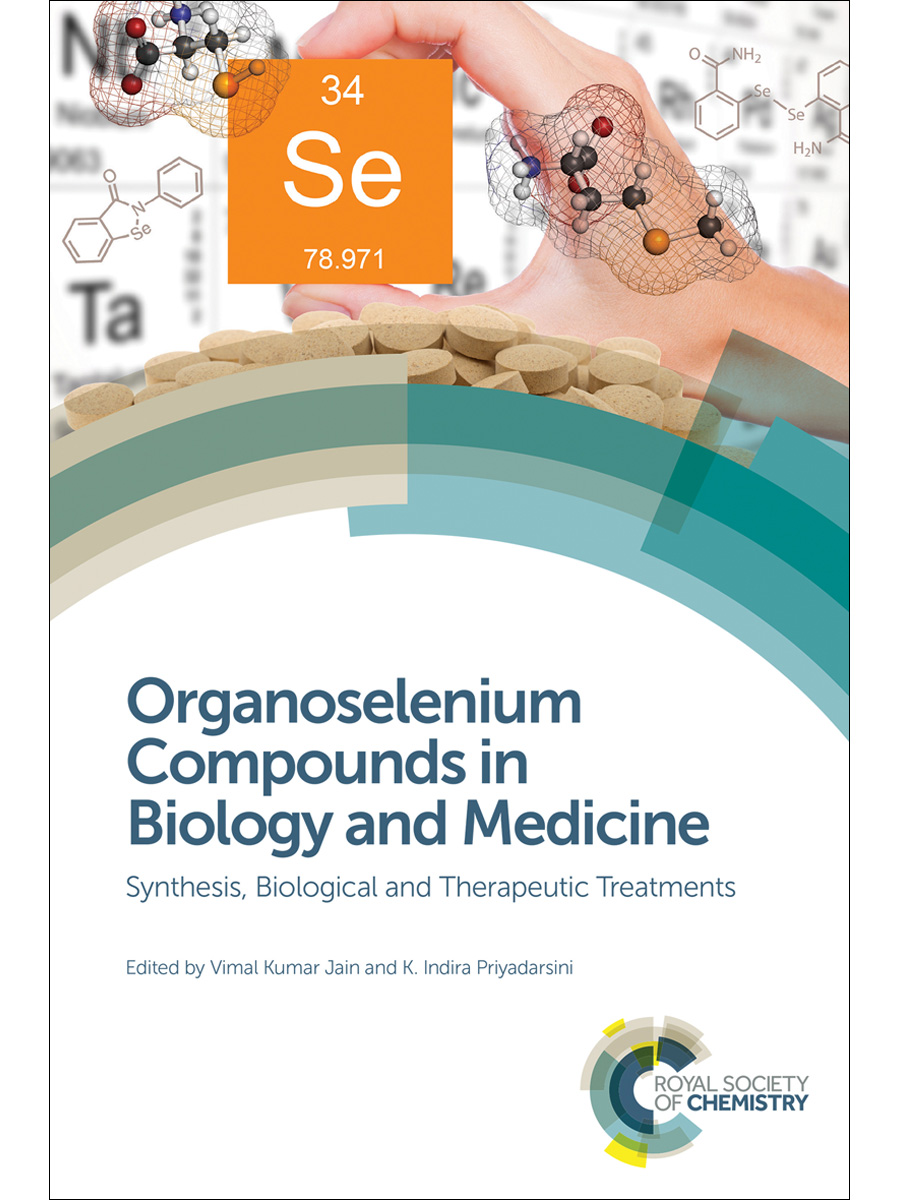Celebrating 200 years of selenium research

Jöns Jacob Berzelius discovered selenium in 1817. Picture:
The element selenium was discovered 200 years ago. We spoke to Dr K Indira Priyadarsini and Dr Vimal K Jain, editors of a new book entitled 'Organoselenium Compounds in Biology and Medicine', about the history of selenium research and why it’s so vitally important.
"Many people have never heard of selenium, yet this micronutrient is more vital to our health than many other nutrients", says Indira.
It was discovered in 1817 by Swedish chemist Jöns Jacob Berzelius, who had shares in a chemical plant that produced sulphuric acid by oxidising sulphur dioxide in lead chambers.
He noticed that the process left behind a reddish deposit that smelled of horseradish on heating, which he initially thought looked like the element tellurium.
A new element
After analysing the substance, Berzelius realised that it was in fact a new element. Since it displayed properties at an intermediate point between those of sulphur and tellurium, he named the new element selenium.
Selenium is a trace element, and can only be found in nature in certain minerals such as eucairite (CuAgSe) and crooksite (CuThSe). When selenium is needed for commercial or scientific use, it is normally obtained as a by-product from the refinement of copper.
In the modern era, selenium is used in a wide range of commercial products, such as in electronics, as photographic toner, and as an additive to stainless steel, as well as lending its red colour to ornamental glasses and enamels.

Selenium can be found in Brazil nuts. Picture: © Shutterstock
Vital in the body
It’s also present in certain foods, in particular garlic, cabbage, Brazil nuts and broccoli. By eating these foods selenium ends up in the body, where it performs vital tasks, as Indira explains.
"It is a key component of selenium-dependent proteins, known as selenoproteins", she says. "These are essential to various metabolic pathways, including function of thyroid hormones, antioxidant defence systems, and immune systems."
Consequently, a selenium deficiency can increase your risk of infection, and lead to disease. "It is a factor in several dangerous viral infections, such as HIV and Ebola, and has been linked to many other disorders including neurodegeneration, adverse mood states, cardiovascular diseases, and cancer," says Vimal.

Authors Dr K Indira Priyadarsini (left) and Dr Vimal K Jain (right) Picture: © Indira Priyadarsini/Vimal Jain
Significant health benefits
Selenium can therefore be used to treat certain conditions. "A few clinical trials have shown significant health benefits associated with taking a daily selenium supplement", says Indira, "and selenium compounds are showing promise as new anticancer agents."
Both authors emphasise the need to carry out selenium research in developing countries in particular: "Currently selenium research on human health is being pursued only in developed countries, while people in many developing and under developed countries suffer either from excess selenium or its deficiency.
"Therefore, selenium research in the different fields has to be undertaken to address nutritional and health issues in different populations."
In their new book, 'Organoselenium Compounds in Biology and Medicine' they explore recent advancements in the research of selenium compounds, with special emphasis on therapeutic and medicinal applications.

Versatile applications
They explain why they have chosen to focus on organoselenium compounds – which contain carbon atoms – rather than inorganic selenium compounds, which don’t.
"So far the majority of books on selenium biology have focused on inorganic selenium compounds," says Indira. "However it has now been realized that selenium in the organic form is less toxic than the inorganic form."
It’s also quite simple to tune the properties of these compounds by altering the structure of the molecules. This could mean adding small chains of carbon atoms, or adding what’s known as a hetero atom – anything other than carbon or hydrogen. Making these small adjustments can make the compound more or less toxic, alter how it behaves in chemical reactions, and change which molecules it reacts with in the body.
Vimal and Indira conclude: "This book will be very useful for researchers from both developed and developed countries working in selenium research involving synthesis, biophysics, biochemistry and cancer biology."